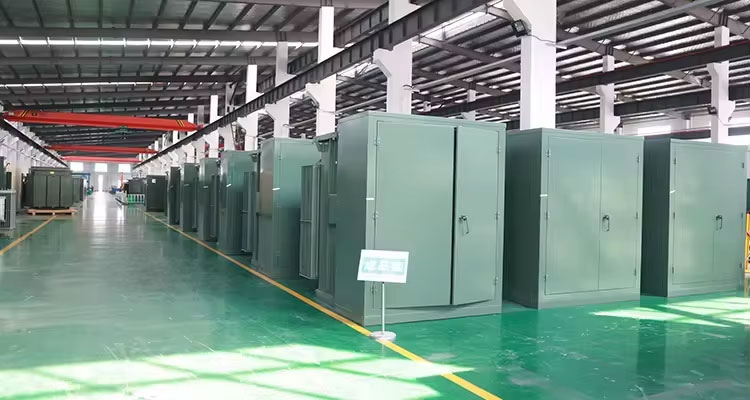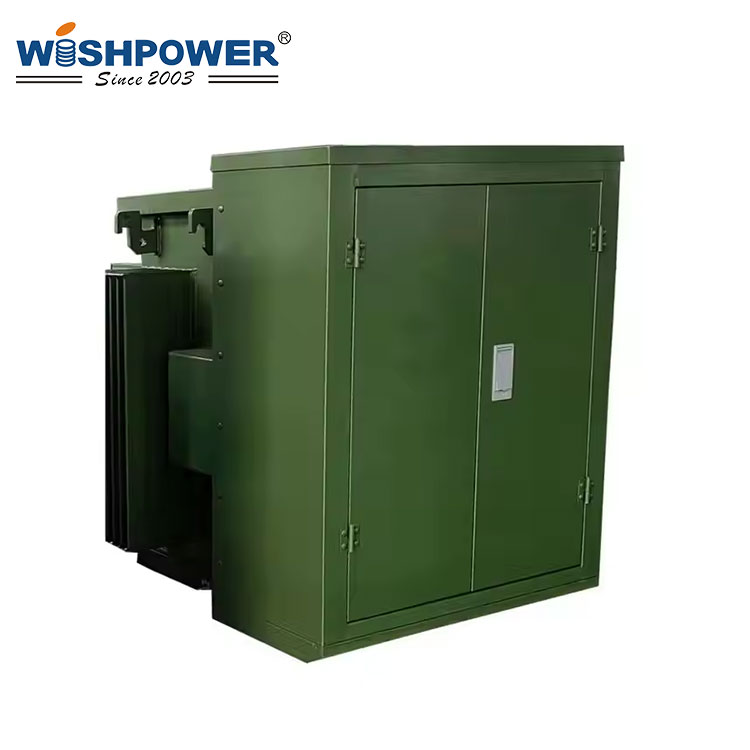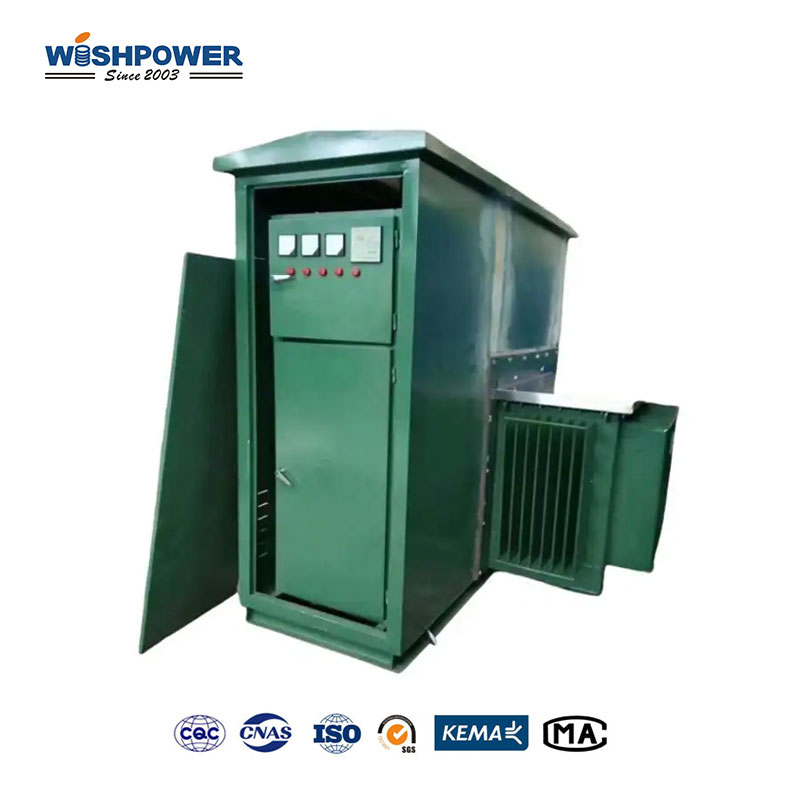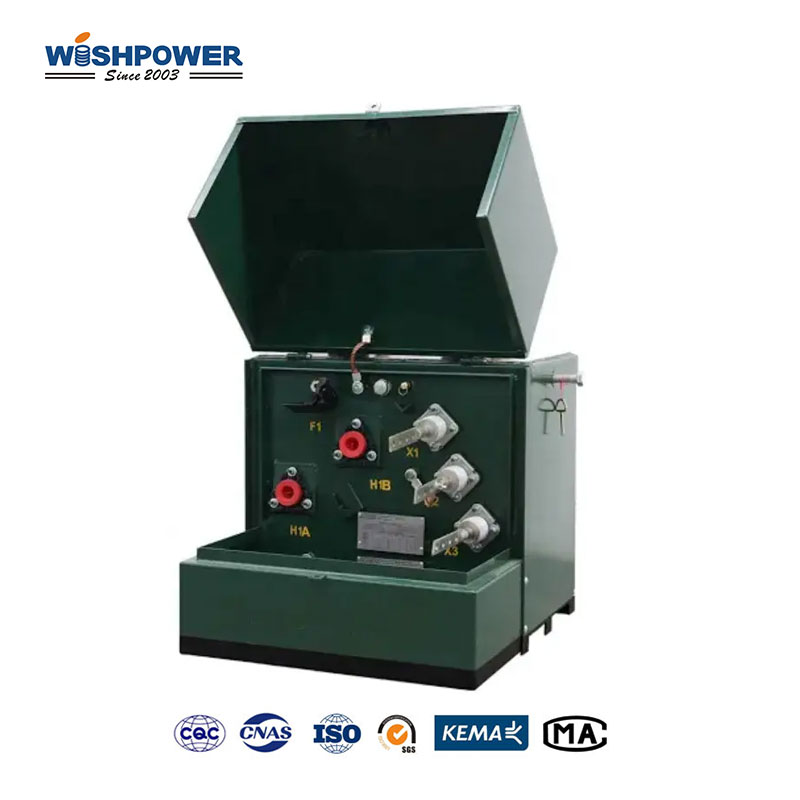Modern power line distribution systems cannot survive without pad-mounted transformers in suburban and urban areas where underground power lines are very common. These above-ground devices reduce high-voltage electricity to levels safe and usable for residential and commercial applications. However concerns about safety, regulations, and best practices keep them far from residences.

Regulatory Guidelines for Transformer Placement
Local building codes and utility company rules govern the placement of pad-mounted transformers to protect people and make them accessible. Usually, these guidelines, which often include minimum clearance distances from homes, apply to transformers. Specific requirements may differ by area but a common rule is to keep a minimum of 10 feet (3 meters) between residential structures to pad-mounted transformers. This distance also assures adequate ventilation, minimizes the fire risk, and allows maintenance and emergency services.
Also important is vertical clearance. For instance, the transformers need not be mounted directly on overhanging structures, balconies, or windows to reduce the related risks of heat dissipation and fault conditions. Many utility companies have their codes and it is very important to consult your local electricity provider to decide where your transformer will be located.
Safety Considerations
Fire Safety: Built with built-in safety mechanisms including protective enclosures and fault interrupters, tabletop transformers are designed. Although rare, should one occur, keeping a certain safe distance lowers the risk of fire moving to another building.
Electric Shock Protection: The transformer is grounded and insulated in a manner that minimizes the risk of electric shock. But keeping clearance means that if there’s a problem, there’s nobody outside there.
Heat Dissipation: In transformers, heat is generated. Proper spacing gives proper ventilation, prevents overheating, and extends the life of the unit.
Access to Maintenance and Repairs
Another issue is accessibility for utility workers. Periodic maintenance and repair are required for pad-mounted transformers, therefore enough space around the unit is necessary. The typical utility requirement for a transformer is an 8 to 12-foot clear area around it for access to tools and equipment. The clearance prevents technicians from ruining neighboring buildings or personal landscaping by exerting too much on them.
Environmental Considerations
Pad-mounted transformers can be placed by environmental factors. Take for instance areas that are prone to flooding or heavy rains, they require that the transformer be mounted on an elevated pad due to that factor. Similarly, in areas with extreme temperatures, you may need additional clearance to ensure adequate heat dissipation or prevent equipment failure.
But typically utilities conduct site assessments looking at these factors and recommend the best pad-mounted transformer placement. What these assessments take into account are not just the surrounding environment, but also longer-term, environmental impacts, like soil erosion and vegetation growth.
Common Misconceptions About Pad-Mounted Transformers
Harmful Radiation from Transformers
Low-frequency electromagnetic radiation and electromagnetic fields (EMFs) from pad-mounted transformers are emitted below levels considered harmful by the World Health Organization. Additional reducing EMF exposure can be achieved by maintaining proper clearances.
Transformers Can Explode
Modern transformers have built-in safety features that keep explosions extremely rare. Minimizing any risk associated with these appliances is in proper maintenance and strict adherence to appropriate placement guidelines.
Transformers are another reason why property values go down.
Pad-mounted transformers will have little impact on property aesthetics and value if they are properly placed and hidden with landscaping.
How close can a pad-mounted transformer be to a house?
Safety, regulatory, and practical considerations dictate the distance between a pad-mounted transformer and a house. A recommended minimum of 10 feet from the nearest branches and trunks of mature trees and within 30 feet of all young trees may be generalized, however, requirements may vary depending on local codes, utility regulations, environmental factors, etc. If homeowners follow these guidelines and practice best practices, pad-mounted transformers will operate safely and functionally and will have no potential interference with properties.
If you have different opinions or want to know more, please leave a message on the website or contact us directly at info@wishpower.net

















